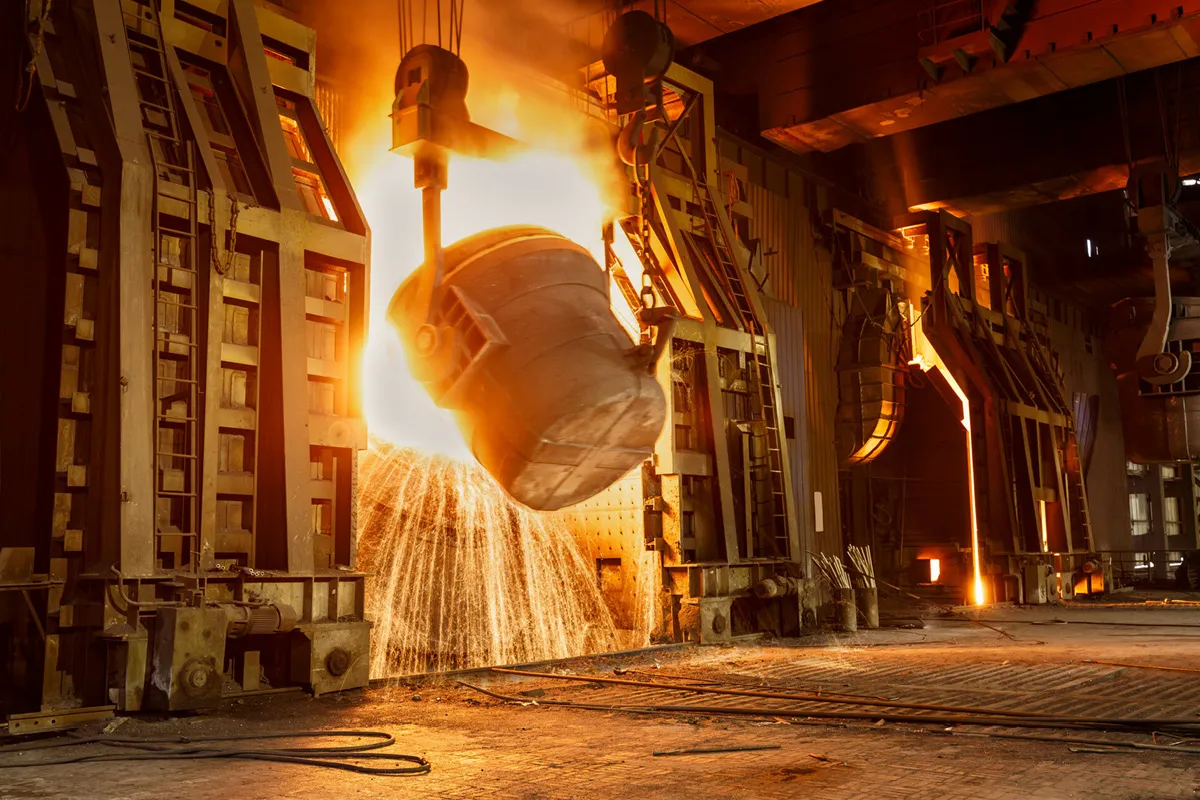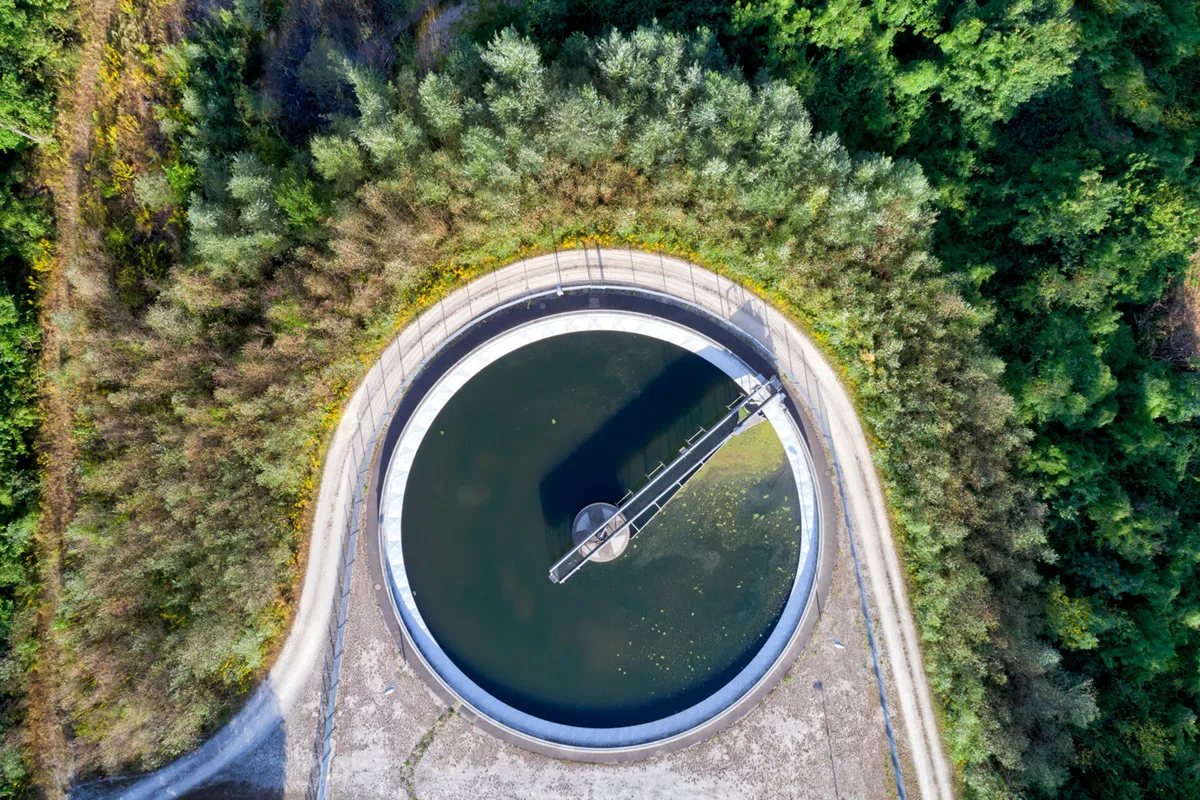Reshaping footprints, securing energy, and turning sustainability into growth
Energy has moved from a procurement line item to a board-level determinant of competitiveness. Our 2025 Energy Intensive Industries study captures how global leaders are re-ranking footprints, securing low-carbon energy, and turning sustainability from compliance to growth in Chemicals, Energy and Materials industries.
Our key findings
Reshaping landscapes: The future of industrial presence
Trade-exposed sectors such as base chemicals (25%) and parts of steel (10%) are structurally more mobile and use cross-border bets to secure energy advantage or wait for clearer signals.
Demand-tied sectors such as cement (4%) and glass (2%) stay close to end markets. Their competitiveness hinges on local energy optimization.

Power plays: Energy and politics at the center
Energy costs and access sit beside tax and labor as defining factors in site competitiveness.
Over 88% industry leaders report a plan to secure renewables, centered on PPAs, with selective self-generation rising where price pressure is high.
Policy clarity matters. Large, simple incentive schemes unlock investment; compliance-only rules add paperwork without accelerating adoption.

The green paradox: Bridging the commercial gap
Sustainability is embedded in strategy across industries, yet commercial success is uneven. Glass, cement, and steel show the strongest traction. Base chemicals and energy generators are more often stuck in pilots.
Barriers are mixed rather than singular. Willingness to pay, ROI clarity, and regulatory risk show up in different combinations by sector.
Sectors with less traction push 2.6x harder on demand shaping. Yet, activity alone doesn’t convert without tight links to customer value and monetization.

Addressing the latest Industrial business challenges
Meet our experts
Get in touch
Simon-Kucher has deep roots in the industrials sector.
From chemicals to construction, industrial goods to oil and gas, we are here to support you on your journey to sustainable, profitable growth. Rather than apply a one-size-fits-all approach, we work with you to create a solution tailored to your specific business needs and challenges.




